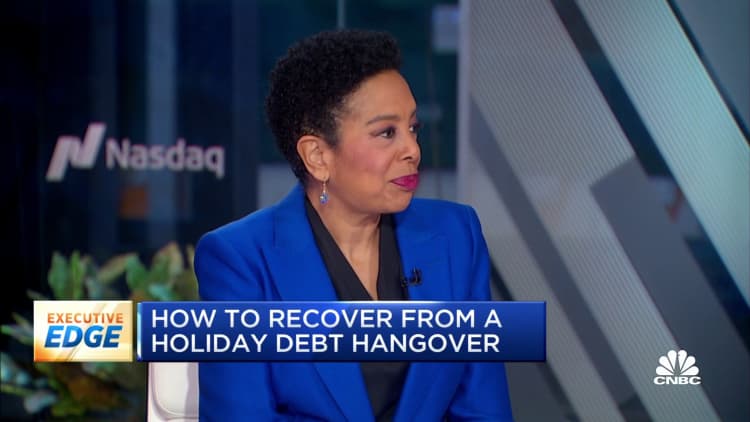US Top News and Analysis
If you didn’t pay enough taxes in 2022, there’s still time to avoid a “surprise tax bill” and bypass extra penalties, according to the IRS.
The deadline for fourth-quarter estimated tax payments for 2022 is Jan. 17, which applies to income from self-employment, investments, gig economy work and more.
“It’s where you can make yourself whole at the end of the year,” said certified financial planner John Chichester Jr., founder and CEO of Chichester Financial Group in Phoenix.
More from Personal Finance:
Credit card interest rates are heading to 20%
Where to keep your cash amid rising interest rates
Falling behind on student loans can reduce Social Security by $2,500 a year
If you’re not withholding taxes from your income, you typically must make payments four times per year. Otherwise, you may owe interest and a late-payment penalty of 0.5% of your unpaid balance per month or partial month, up to 25%.
The IRS says Direct Pay is the “fastest and easiest” way to make payments, with online scheduling options before the Jan. 17 deadline.
You can also make payments through your IRS online account, which provides access to payment history, or digitally through the Electronic Federal Tax Payment System. You can see other options through the IRS payments website.
There’s a ‘safe harbor’ to avoid federal tax penalties
One key thing to know: Chichester said there’s a “safe harbor” to avoid underpayment penalties for your yearly federal taxes.
You won’t owe federal penalties if you’ve paid, over the course of 2022 and through the Jan. 17 deadline, the lesser of 90% of your 2022 taxes or 100% of your 2021 bill if your adjusted gross income is $150,000 or less. (Opt for the latter strategy, and you’ll need 110% of your 2021 bill if you earn more than $150,000.)
However, the safe harbor isn’t a guarantee you won’t owe more federal taxes for 2022, Chichester said. He urges clients to set aside at least 20% of earnings to cover federal taxes, plus a smaller percentage for state taxes, depending on where they live.
Author Profile
Latest entries
 ScienceNovember 1, 2024Loss of smell tied to 100+ diseases
ScienceNovember 1, 2024Loss of smell tied to 100+ diseases HeadlinesNovember 1, 2024Owner of famous 'Conjuring' house arrested for alleged DUI after police chase in Rhode Island: video
HeadlinesNovember 1, 2024Owner of famous 'Conjuring' house arrested for alleged DUI after police chase in Rhode Island: video ScienceOctober 31, 2024What’s the secret behind ‘SuperAgers’?
ScienceOctober 31, 2024What’s the secret behind ‘SuperAgers’? HeadlinesOctober 31, 2024Walz releases Halloween video: 'Haunted houses got nothing on Donald Trump back in the White House'
HeadlinesOctober 31, 2024Walz releases Halloween video: 'Haunted houses got nothing on Donald Trump back in the White House'

